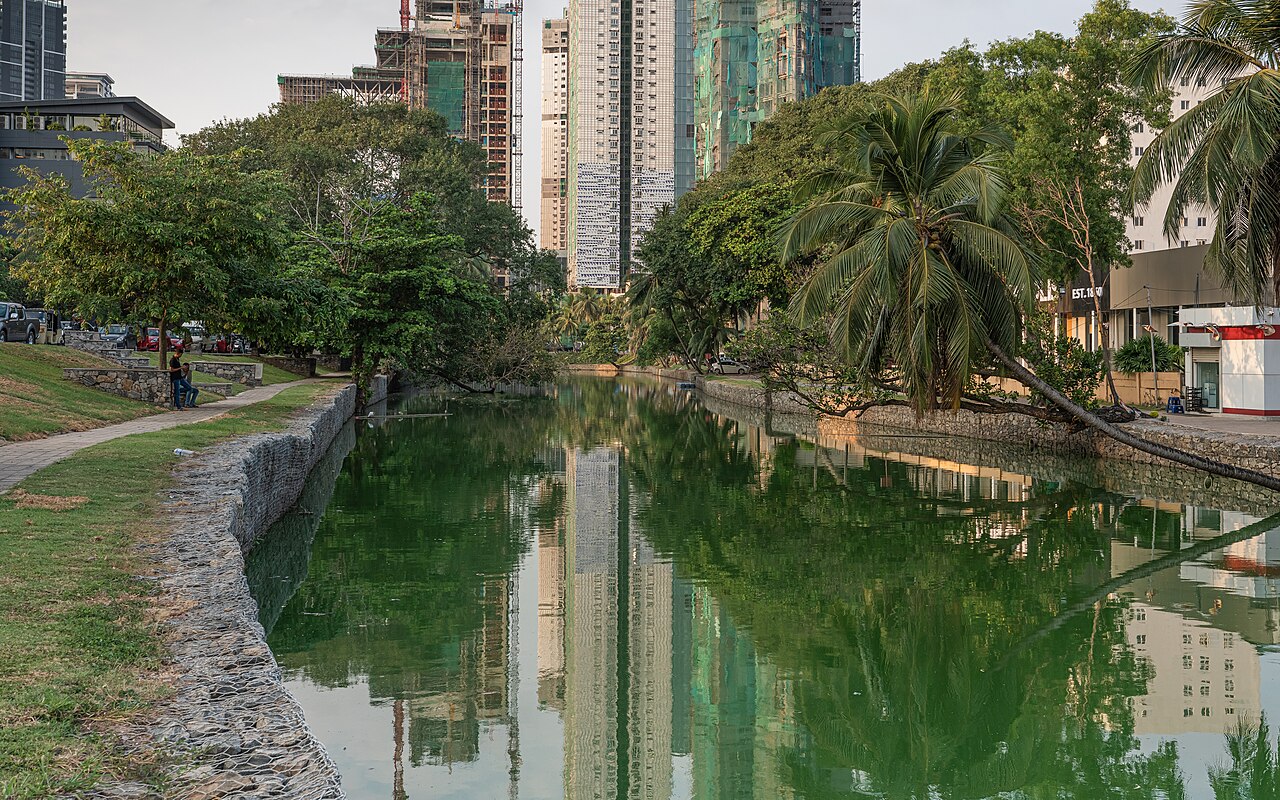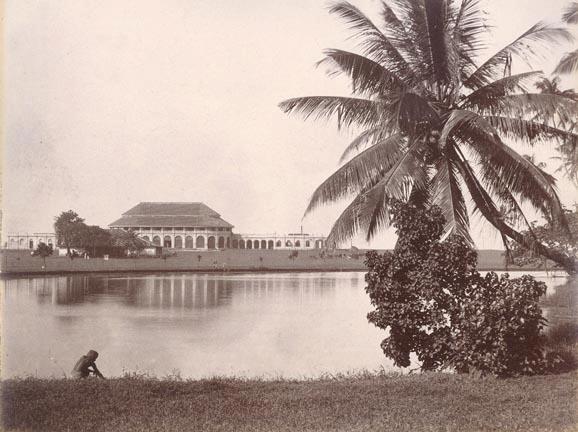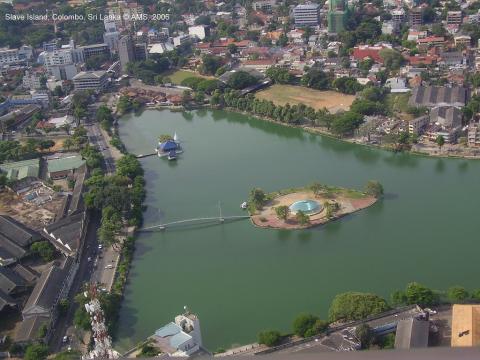Slave Island: Colombo’s Historic District Reimagined
Slave Island: El distrito histórico de Colombo reimaginado
De las sombras coloniales a la vibrante modernidad
Antiguo asentamiento de esclavos de la época holandesa, este barrio junto al lago entre Fort y Kollupitiya ahora combina rascacielos corporativos, vestigios coloniales y cafés de moda.
Por qué esta zona intriga a los visitantes
Capas de historia
- Siglo XVII: Africanos/malayos esclavizados vivieron aquí.
- Época británica: Se convirtió en un centro comunitario euroasiático libre.
- Hoy en día: Distrito financiero con memoria cultural.
Contrastes imperdibles

- Los últimos canales del lago Beira.
- Cabañas del siglo XIX junto a torres de cristal.
Experiencias principales
1. Exploración histórica
- Calle Dutch Hospital.
- Iglesia de San Marcos (1830).
2. Puntos de moda modernos
- Restaurantes de mariscos del Cinnamon Grand.
- Compras en Crescat Boulevard.
3. Joyas escondidas
- Paseo lacustre "Lovers’ Lane".
- Kaffiyeh Café.

Consejos para visitantes
- Recorrido a pie: La mejor manera de apreciar la zona.
- Transporte: Estación de Colombo Fort (a 5 minutos a pie).
- Nota: Algunos lugareños prefieren el nombre cingalés "Kompanna Vidiya".
Atracciones cercanas
- Galle Face Green (a 10 minutos a pie).
- Antiguo Parlamento (a 15 minutos a pie).
Perspectivas locales
- Foto de recuerdo: Letrero de la calle "Slave Island" cerca del lago Beira.
- Consejo profesional: Prueba el kottu roti en "Bombay Sweet Mahal".
¡Reserva un paseo histórico por Colombo!
Escucha historias inéditas de este distrito: srilankatourhelp.org.
Crédito de la foto: Página de Facebook I Love Slave Island
¿Sabías que...? La zona recibió su nombre porque las personas esclavizadas eran confinadas aquí por la noche, pero trabajaban en Fort durante el día.



Comentarios
No hay comentarios todavía